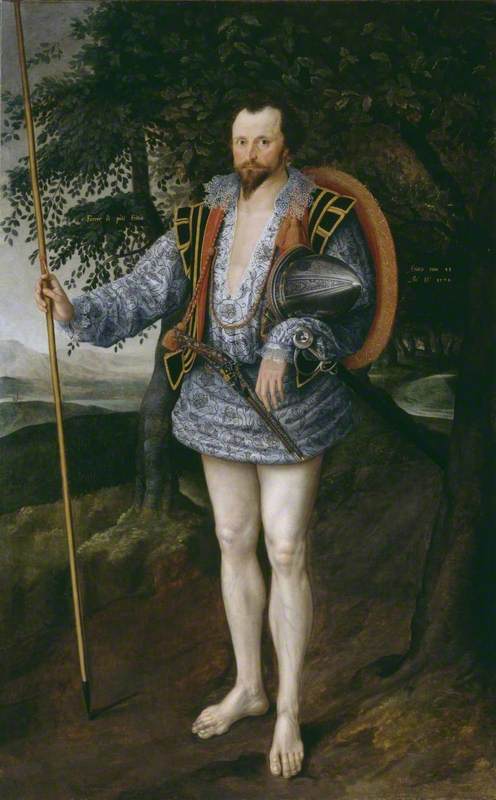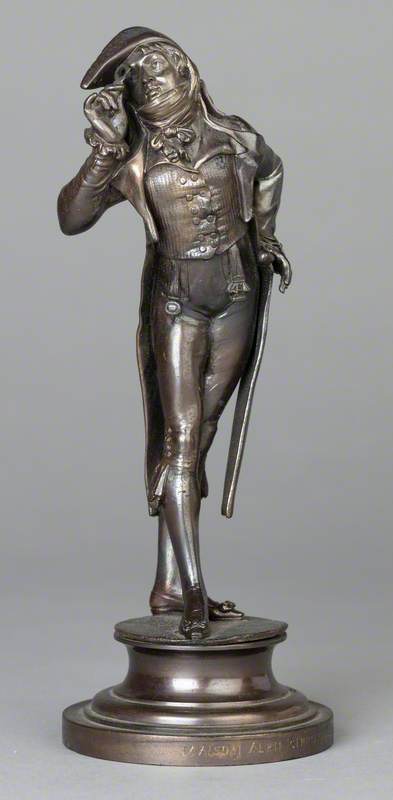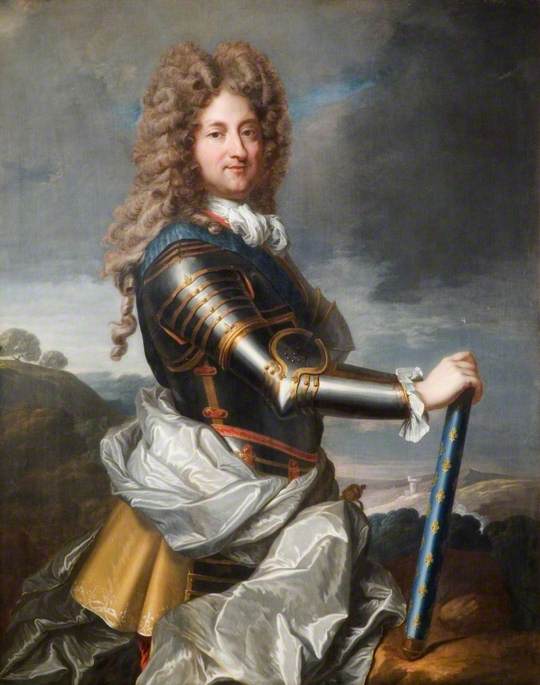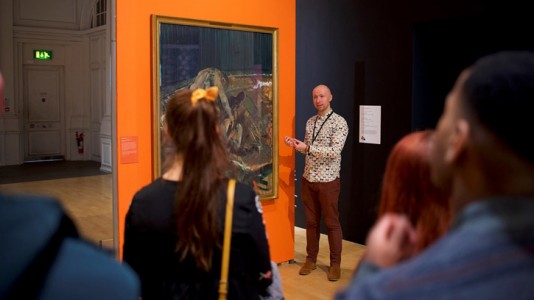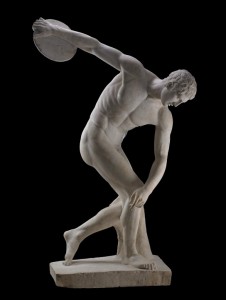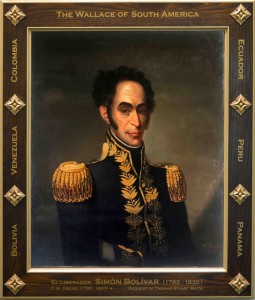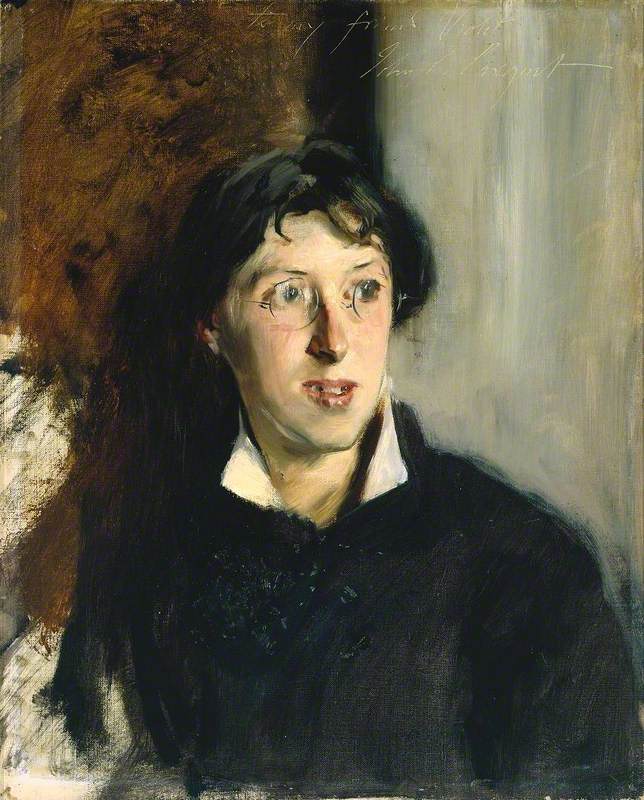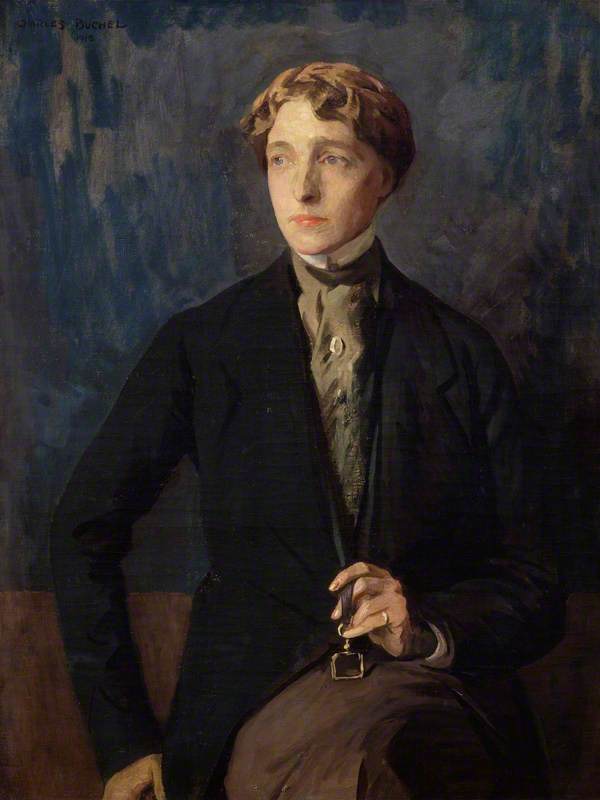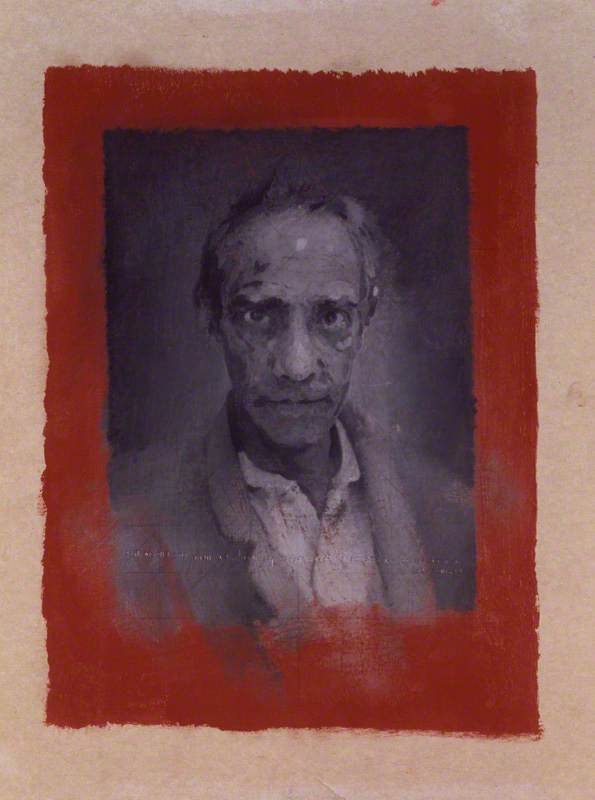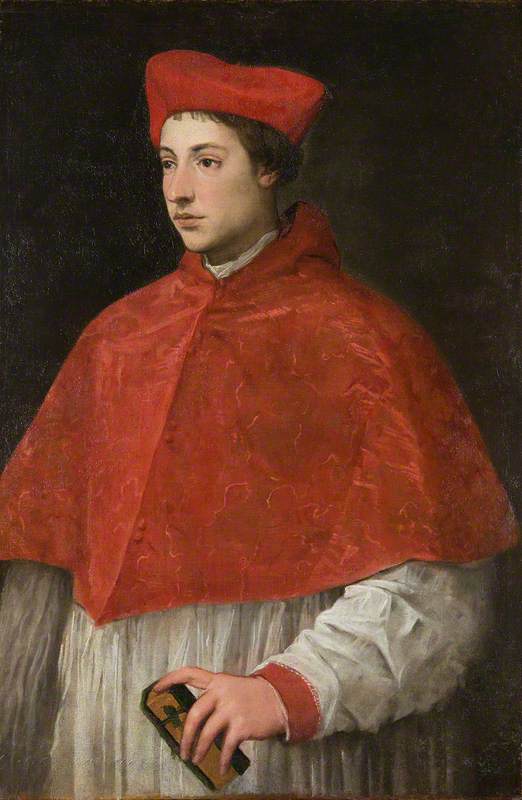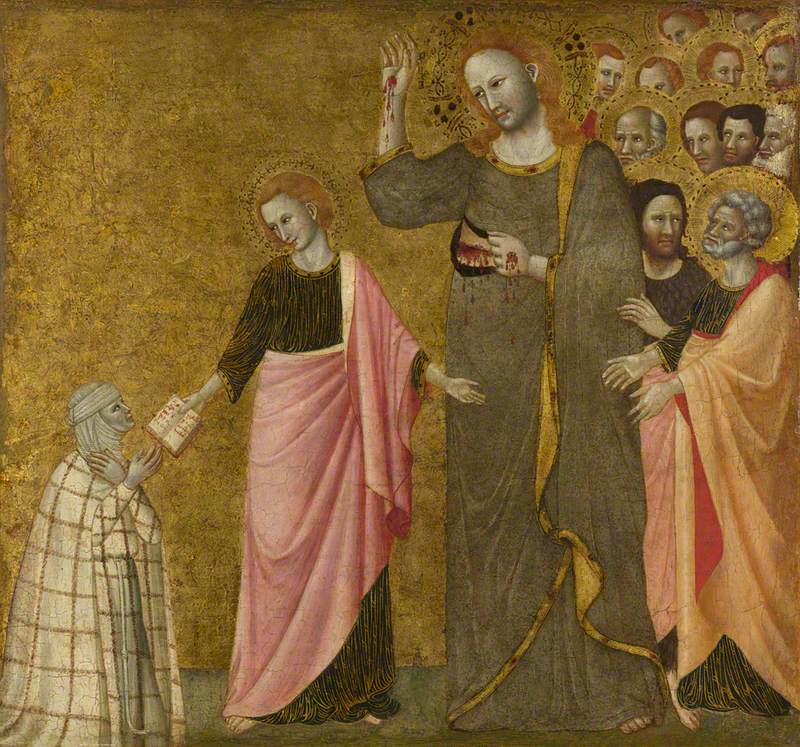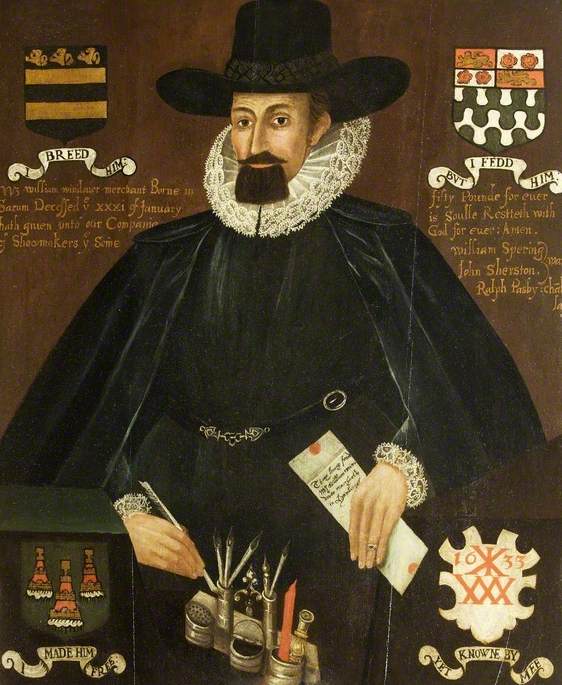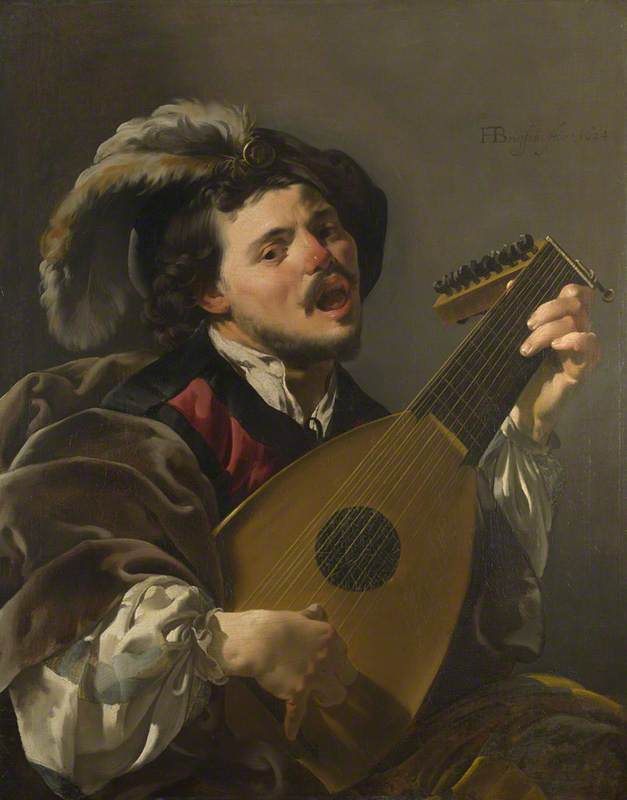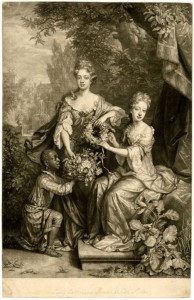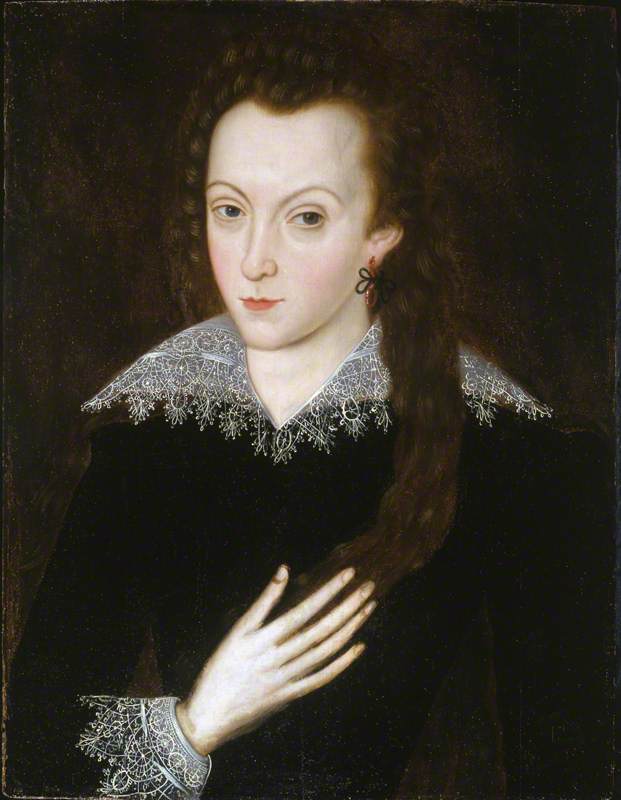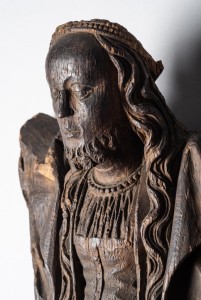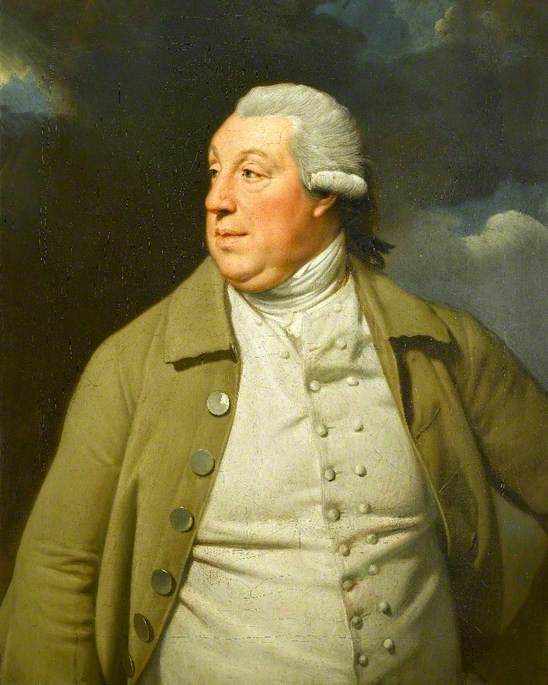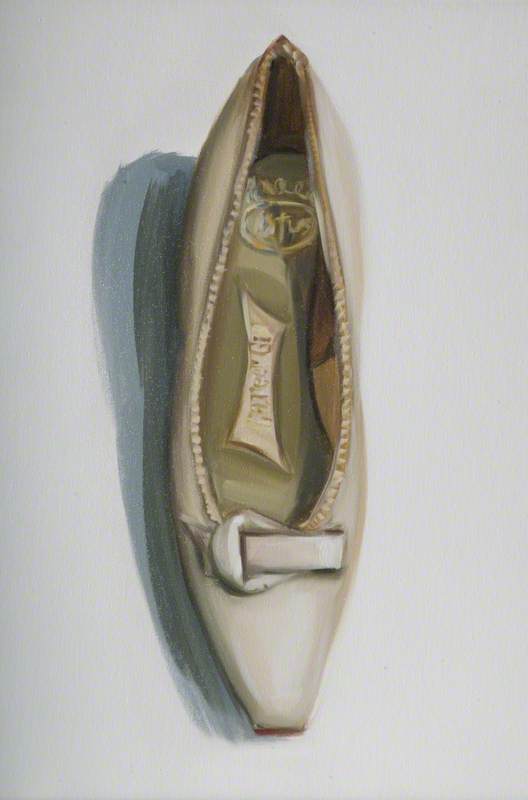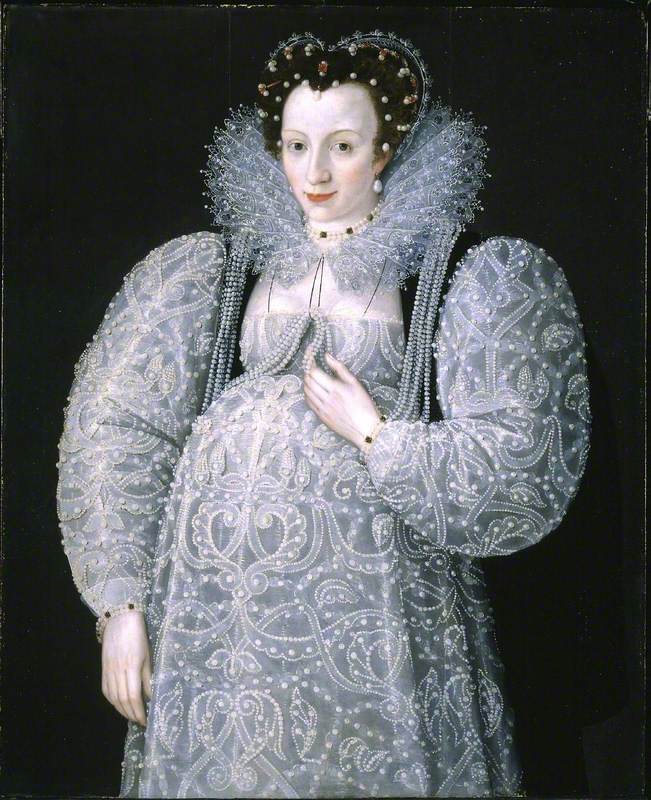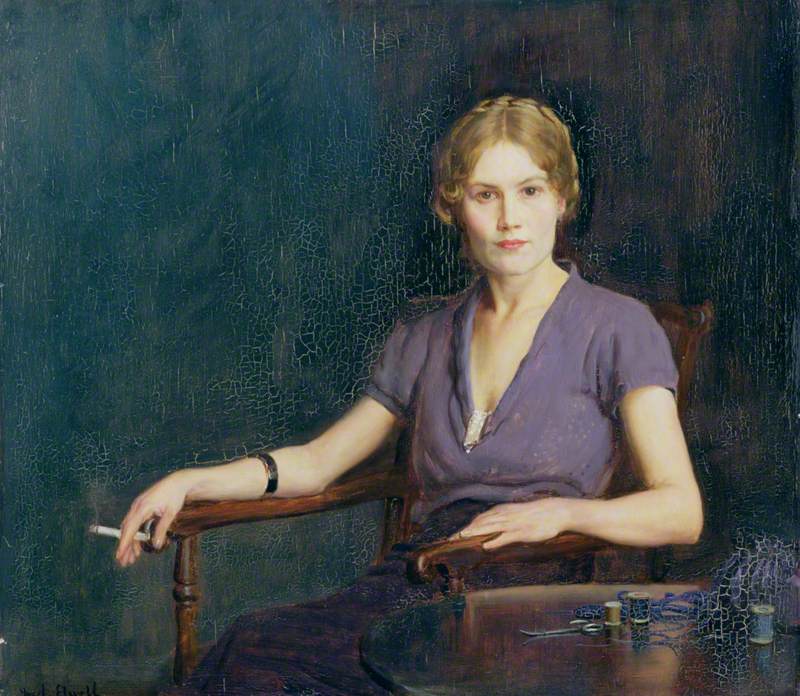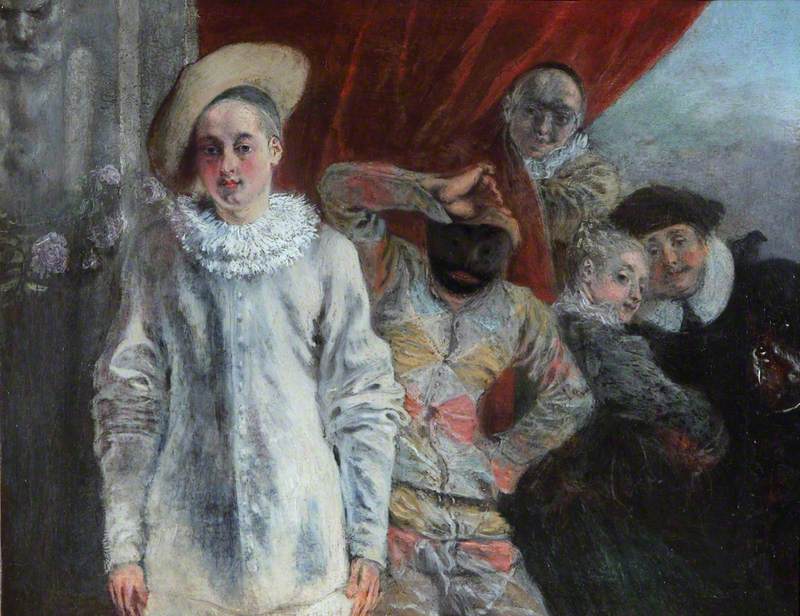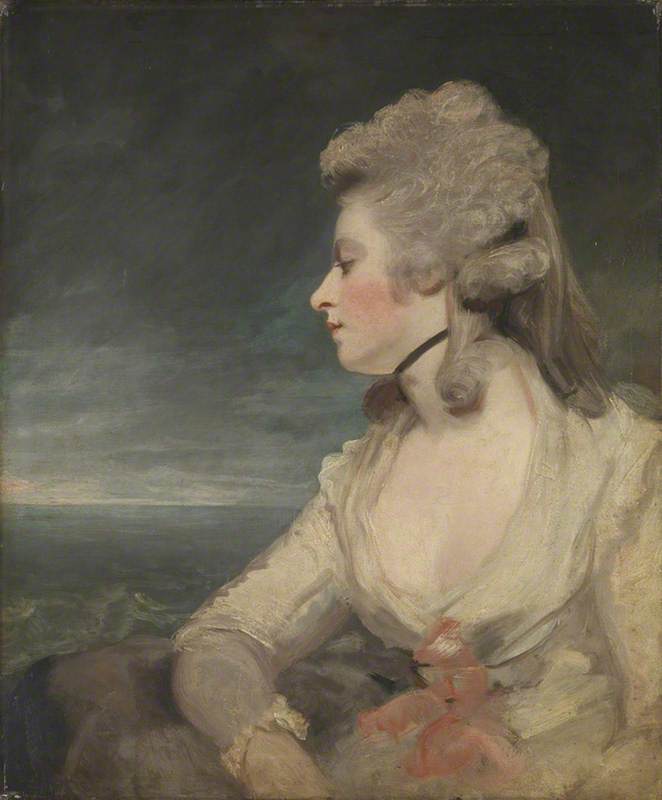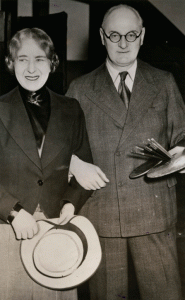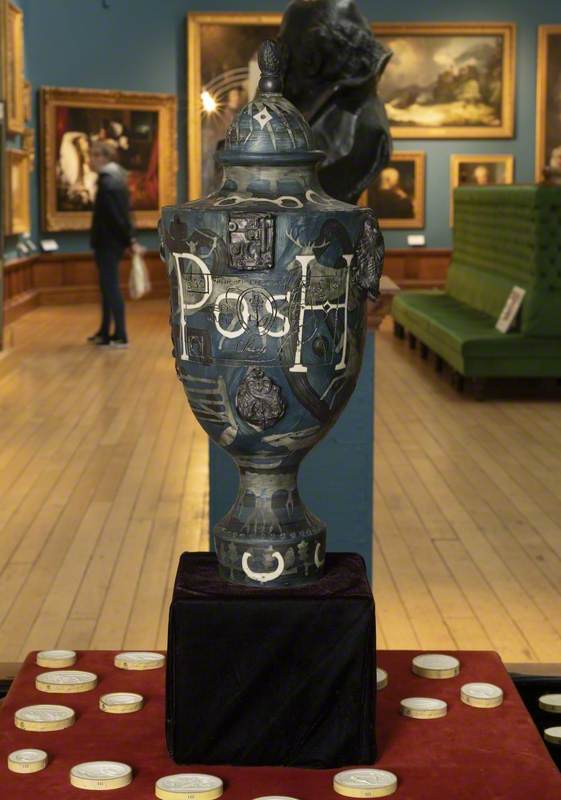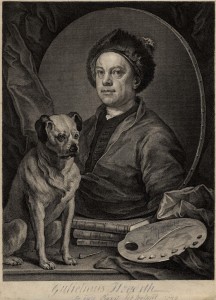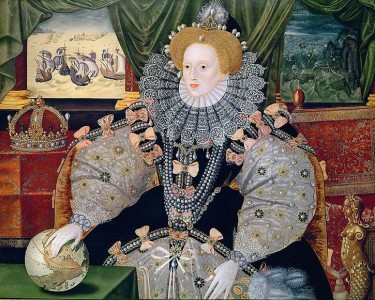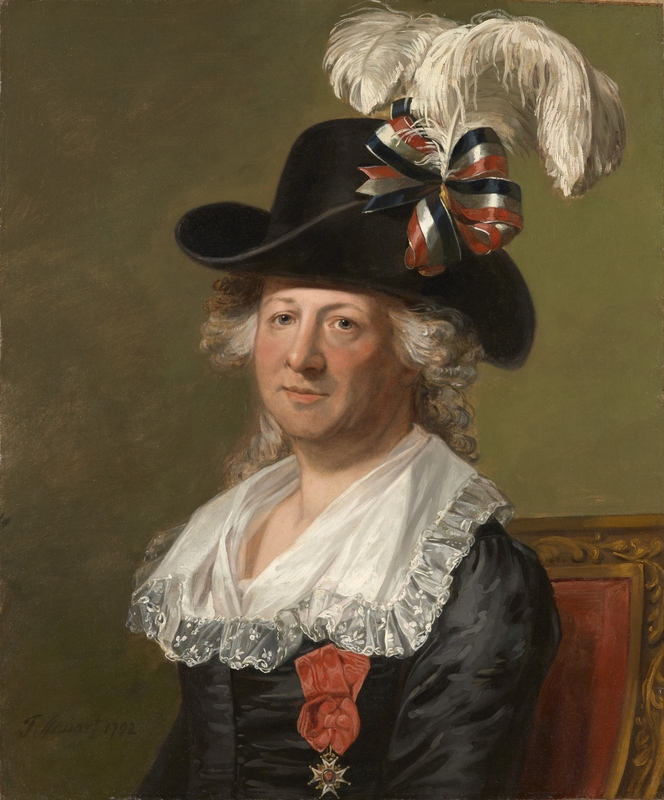One of the questions I regularly ask audiences during tours is 'what do they want from the artwork?' Galleries are compelling vehicles to lose yourself, explore new ideas or have the odd shock. In the right mood, though, galleries can also be a lovely comfort blanket – the same pictures hang unchanging through time, ripe for escapism and fantasy. The continuity of the story already told comforts us, a moment with no surprises and safety is innately appealing.
My guilty pleasure is regency portraiture and I can't get enough of it. I wallow in the sensibility and perceived elegance. I'm hard-wired to swoon as images of personal politics and wealth play out on the canvas. All the time I cling to the belief all was done with good manners and fine etiquette. However.
When I ask myself and others what they want from this artwork beyond the aesthetic, reality collides and holds up a mirror. Take the beautiful William Owen portrait of Captain Gilbert Heathcote at Birmingham Museum and Art Gallery, dating to 1801–1805.
Captain Gilbert Heathcote (1779–1831), RN
1801–1805
William Owen (1769–1825) 
From an art history perspective, it hits the spot – Gilbert emerges from a tantalising and masterfully realised storm scene. Clouds boil with drama as the sea crashes in the background, perfectly framing the dashing captain seemingly unruffled from the shipwreck happening behind him. He stands before us in perfect regimentals, hair styled with contemporary lush curls. Bashful at his own objectification, Gilbert looks back perhaps with a slight hesitancy – cheeks flushed from his latest adventure. His stance is calculated to show off his athleticism, nineteenth-century masculinity and glamour. Are you swooning yet?
On the second reading though, this breaks down. One thing I've noticed repeatedly in person are comments on the effeminacy of the pose, accompanied by smiles or indeed the odd 'yes queen!' comment. From a contemporary reading, the masculinity is somehow lost, we now read this piece from a ready source of queer iconography in culture and changing social norms on masculinity. To Gilbert's contemporaries, this was the epitome of masculinity, yet we stand in front of it with twenty-first-century eyes.
We can draw parallels with another military portrait, Alexander the Great, pictured in the late fifteenth century by the Master of the Griselda Legend at The Barber Institute of Fine Arts.
Alexander the Great (356–323 BC)
c.1494
Master of the Griselda Legend (active late 15th C–early 16th C) 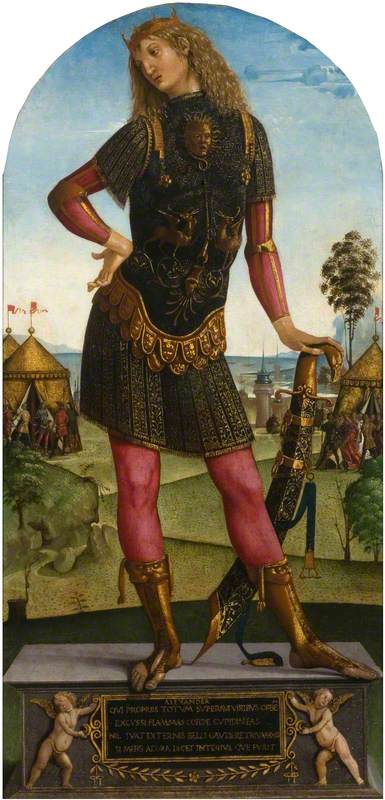
A warrior of mythic status that conquered half the known world – again displaying here the Renaissance elbow, at once masculine and effeminate to a modern eye.
A subtle androgyny emerges from both aspects of the sitter's beauty – at points tender, masculine and effeminate sides reach out to us with hesitant confidence. By contemporary readings, these figures are presenting as male yet there is a powerful non-binary quality to how they become gendered. The practical merit of their stance to balance the sword weight or armour is overwritten by concepts of camp in the pose.
What starts out with Gilbert as a stunningly beautiful and fully realised fantasy of manliness becomes a complicated question on gendering the portraits that are so familiar to so many.
Contrast this with a portrait of another military man from history – Captain Thomas Lee, by Marcus Gheeraerts the younger at Tate.
Captain Thomas was a noted figure in the Elizabethan court, living and dying under the hyper-masculine circle of Robert Deveraux, 3rd Earl of Essex. Building a fearsome reputation for conflict in Ireland during the period, Thomas Lee is the quintessential swaggering buck at court. Elegantly pictured in 1594, we see the bare legs on display symbolic of his athleticism and strength. Fresh from battle (and slaughter) with shirt open and with his armour partially removed, he radiates wealth and control... until we get to the wrist. By contemporary standards, he is literally limp-wristed, associated with effeminacy or slurs against queer people. Yet at the time, his masculinity was unquestioned – the wrist is an elegant device for displaying the armour, yet mostly lost to contemporary eyes.
Returning to Captain Gilbert, perhaps notions of effeminacy change if we read the work from the perspective of historical accuracy? The captain is pictured here, heroic, having survived a real shipwreck. He was, however, court-martialled in 1803 following the wreck of the frigate Suffiusante in Queenstown during a heavy gale. Nothing in his pose suggests the court-martial or that no charges were made: the romance of the artwork hides these uncomfortable details. His credentials as a captain during the Napoleonic Wars neatly ends any doubts – Gilbert himself died in 1831 as a middle-aged man, artistically preserved in aspic as the youthful hero.
Let's not patronise those from the past, though – art history is ripe with examples of the deliberate use of effeminacy to debase or make a point. This is seen, for example, in this sculpture, titled The Dandy.
Calculated and provocatively effeminate in its stance, what are we seeing? Idealisation, ridicule? Fashion at its height or conscious parody? Open to interpretation then as it is now.
Under both the scrutiny of escapism and historical accuracy we are unable to fully lose ourselves: contemporary sociology then and now is always there on the periphery. I often wonder when talking about Captain Gilbert with audiences, should I tell them all the story? As an arts educator, I'm obligated to explore the piece in its fullest. Part of me though will always want to stand in front of Gilbert and just swoon unencumbered.
Jon Sleigh, freelance arts educator
